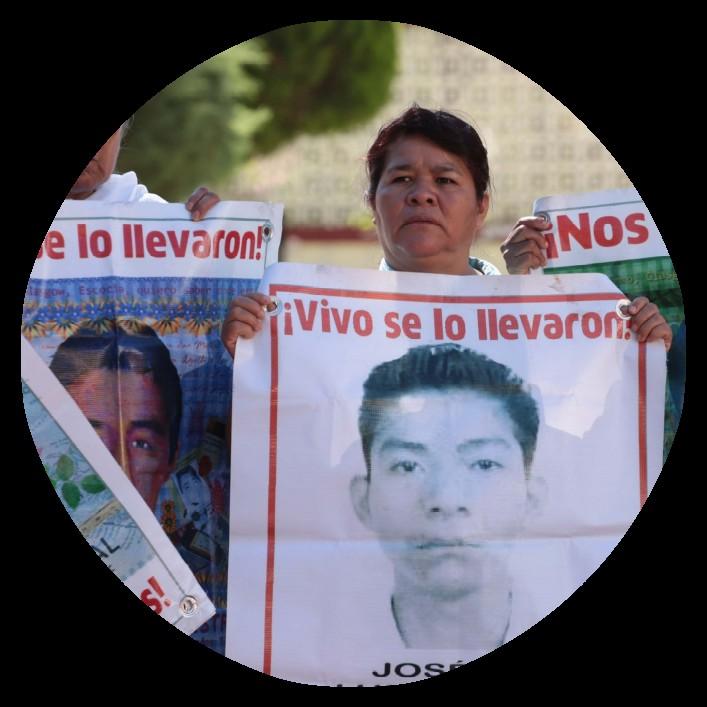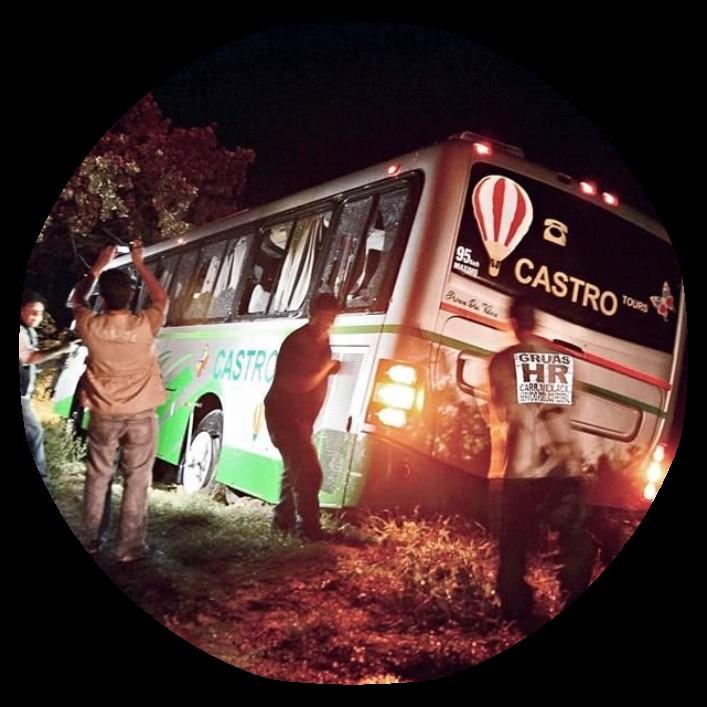





43 disappeared teacher students 10 years after RESUME OF THE AYOTZINAPA- CASE.












43 disappeared teacher students 10 years after RESUME OF THE AYOTZINAPA- CASE.





• In several Latin American countries, the Escuelas Normales educate teachers in rural areas - often in marginalised places.
• Structural reforms in many countries have resulted in changing or closing these schools - often forcing teacher training to take place at universities, which excludes many poor people from education and makes it harder to recruit teachers to rural areas.
• In Mexico, budget cuts make it more difficult for schools to operate, and students, or ‘normalistas’, have a long tradition of fighting for their education.
• Critics often point out that the state has wished the schools away because they are often considered too critical.


• Every year, Mexico commemorates the student massacre of 2 October 1968, when the Mexican army massacred at least 300 students in Mexico City's Tlatelolco Square.
• The Ayotzinapa students were returning from a fundraising action to attend this commemoration the following week when the buses they were travelling in were attacked by local police.
• 6 students were killed that night and 43 were arrested. These 43 have not been found, with some exceptions.









‘The risk in Mexico is that lies are institutionalized’ (July, 2023)




• Is the term used for the version that was proposed and put down as ‘truth’ by President Enrique Peña Nieto.
• It involved local police handing the 43 over to a local criminal group, who took them to a nearby rubbish dump and burned them that night.
• Technical evidence from international experts (GIEI) rejects that this could be possible.
• The GIEI repeatedly criticized how Mexican authorities prevented its investigations.



• Article 2, International Convention for the Protection of All Persons from Enforced Disappearance:
• "enforced disappearance" is considered to be the arrest, detention, abduction or any other form of deprivation of liberty by agents of the State or by persons or groups of persons acting with the authorization, support or acquiescence of the State, followed by a refusal to acknowledge the deprivation of liberty or by concealment of the fate or whereabouts of the disappeared person, which place such a person outside the protection of the law.”
• Military Dictatorships in Latin America often recurred to enforced disappearance as a way of silencing opposition.
• Until 2023, 100 000 persons were registered as disappeared in Mexico.











• Through the Ayotzinapa case the figure of «juvenicidio»,or youthcide, been developed.
• It builds on the notion of feminicide, develop by Latin American women’s movements to understand the motivations and drives of the homicide of women.
• Proposes that there is a deep dispraise of youth, and a stigmatization of them as rebellious, criminal, reasonable to exploit etc.
• Colombian analytics have used the term also to describe the vulnerability of youth in the context of increasing violence (central to what we seek to fight through the OD project!).










• The 43 students’ parents and their fellow students organize protests every month on the 26th.
• The majority of the parents have not returned to their homes.
• The current government Andres Manuel Lopez Obrador has failed to promote truth.
• On the 26th of September 10 years have passed since the darkest night in recent student activism in Mexico, and the human right violation is still ongoing.










• ‘Global Actions for Ayotzinapa’ are held on the 26th of every month are a sign of the continuing effort to keep attention on the case and demand answers.
• Ayotzinapa is a symbol of the struggle against state violence and impunity in Mexico. Families and social movements continue appealing to memory and international solidarity to demand justice.

